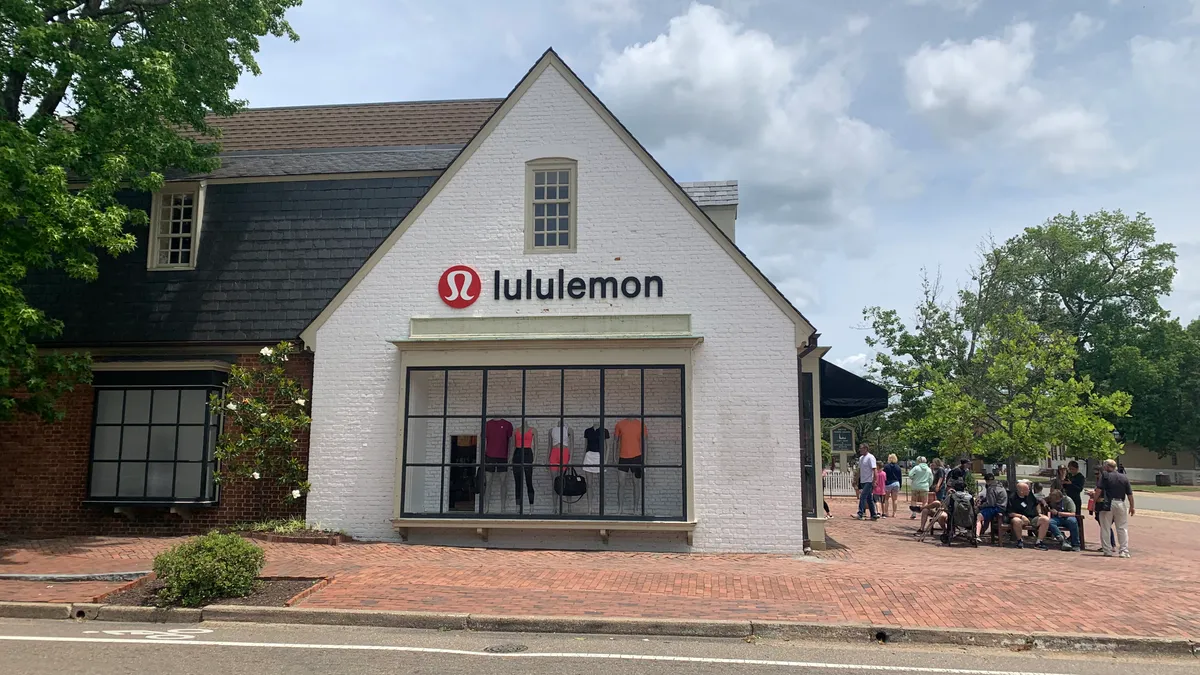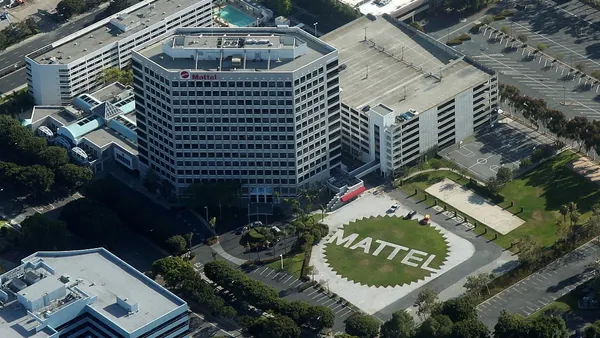This holiday season, it’s expected that 56% of consumers will require same day shipping while mobile commerce is set to capture nearly 60% of all eCommerce sales made in 2025. As retailers prepare for the holiday season, they face a new era of challenges that could define their success.
While supply chain precision always matters for Black Friday, Cyber Monday and ongoing holiday promotions, this year the success of those sales will hinge on OTIF delivery and fill rate performance. This means there’s no room for error when it comes to supplier performance, and unaddressed gaps will lead to lost revenue and frustrated customers.
The 2025 holiday season is shaping up to be one of the most complex we’ve ever seen, driven by the convergence of growth in mobile commerce, economic pressure, tariff disruptions and shorter shopping windows.
Mobile commerce: this year’s game-changer
Mobile commerce refers to transactions made through mobile devices like smartphones. It’s preferred by many consumers due to increased convenience, speed and personalization. Estimations suggest that mobile commerce will be responsible for nearly $4.01 trillion in 2025.
Retailers need to ensure seamless inventory management and omnichannel fulfillment to meet this new, mobile-driven demand. They need their supplier partners to deliver accurate inventory data and maintain supply chain agility.
Economic pressure and tariff disruptions: this year’s uncertainty
2025 has been a year of economic pressure. Between inflation, cautionary consumer spending and global tariff adjustments that will make it hard to avoid stockouts, supply chains have struggled with higher costs, sourcing challenges and delays in product availability. For example, a 10% tariff on apparel imports can increase retail prices by 3% to 5%.
Retailers need to maintain profitability while absorbing higher costs and meeting consumer expectations. They need their supplier partners to diversify sourcing strategies and ensure a rapid response to any shift in market conditions.
Real-world example: Canadian Tire has prioritized supply chain resilience to handle disruptions and meet evolving customer demands. As part of this initiative, the company launched a strategy to enhance customer experiences. Through their strategic partnership with SPS Commerce, they now support over 2,000 unique vendors while facilitating millions of business transactions annually. Get the full story.
Shorter shopping windows: this year’s rising stakes
Holiday shopping periods shrink each year, as consumers rely more on mobile commerce and expect faster shipping, thus fueling more last-minute purchases. A survey from Capital One found that 80% of consumers expect retailers to offer same-day delivery, while MasterCard uncovered that the five days leading up to Christmas accounted for 10% of all holiday spending.
Retailers need to meet the high stakes pressure of rapid fulfillment and delivery to meet tight deadlines. They need their supplier partners to provide consistent inventory replenishment and real-time visibility.
Why this convergence will lead to success (or failure)
When mobile commerce, economic pressures and shorter shopping windows intersect, it’s clear that the 2025 holiday season will be one of unprecedented retail challenges. Poor execution leads to missed sales, strained trading partner relationships and damaged brand reputations.
This year, success will hinge on retailer/supplier collaboration, requiring true synchronization. This will allow for optimized supply chain agility, visibility and scalability. Through data sharing, predictive analytics and coordinated execution, both parties should be able to thrive despite these external pressures.
Retail success: this year’s action plan
Invest in real-time analytics for demand forecasting and inventory management while prioritizing omnichannel fulfillment to meet consumer expectations. Leverage technology that helps create clear communication standards with your suppliers to increase visibility into replenishment and delivery.
So—the true key to success this holiday season? Collaboration between retailers and suppliers.
But collaboration requires concrete steps. Here’s what leading retailers are doing right now:
- Start supplier performance reviews early
- Establish baseline OTIF and fill-rate metrics for your top suppliers before peak season hits.
- Implement weekly supplier scorecards before holidays get in full swing
- Track delivery performance, quality metrics and communication responsiveness on a dashboard visible to both procurement and operations teams.
- Create supplier contingency plans now
- Identify backup suppliers for your top 20% of products and pre-negotiate terms for emergency orders.
- Establish daily communication protocols for Black Friday week
- Set up automated alerts when orders exceed normal volumes by 25% or more.
- Build inventory buffers for mobile-driven SKUs
- Stock 15-20% above forecast for products that see high mobile engagement and drive last-minute purchasing spikes.
Your holiday promos are only as strong as your suppliers’ execution. Success depends on the systems that connect you. Want to learn more? Dive into our solution.










